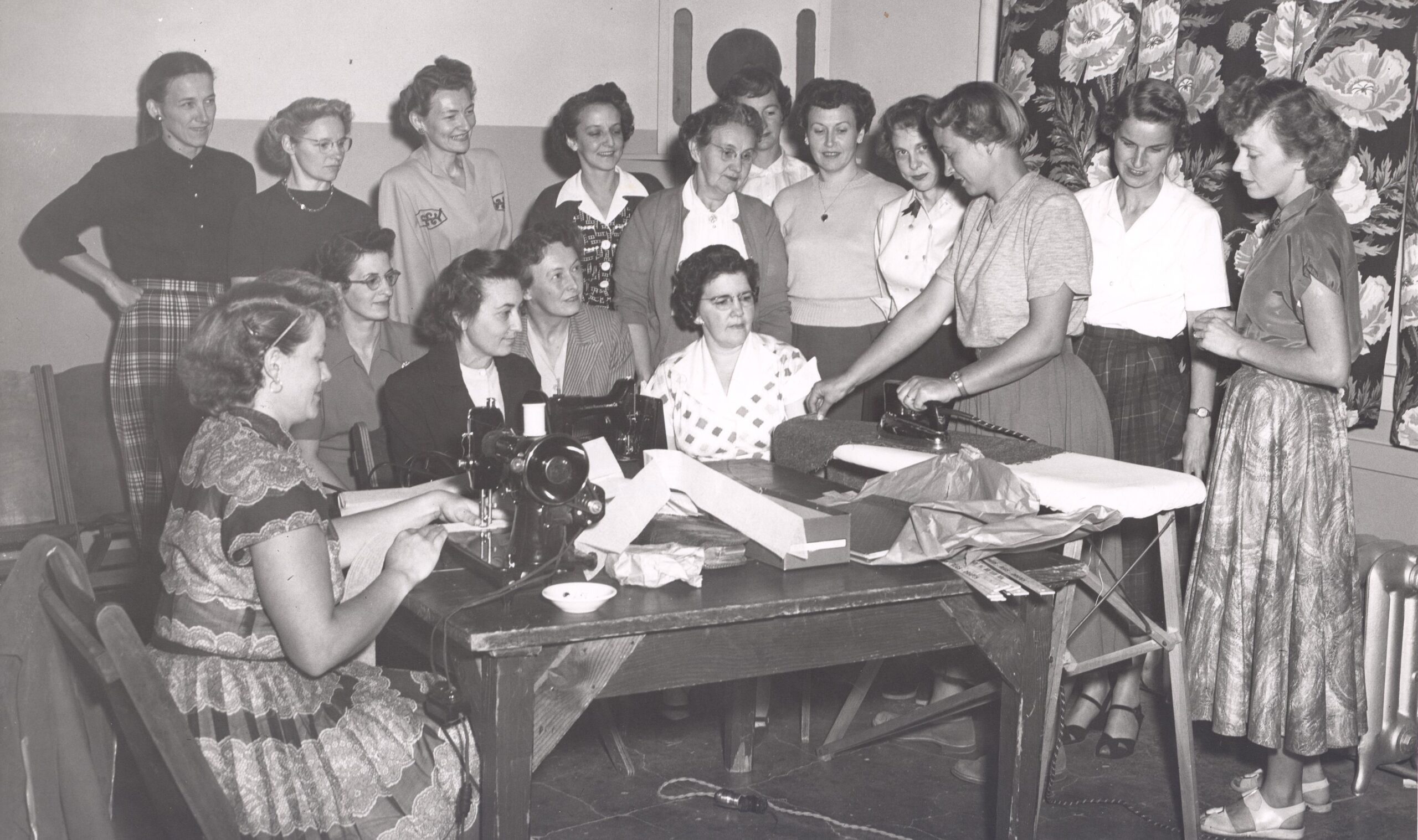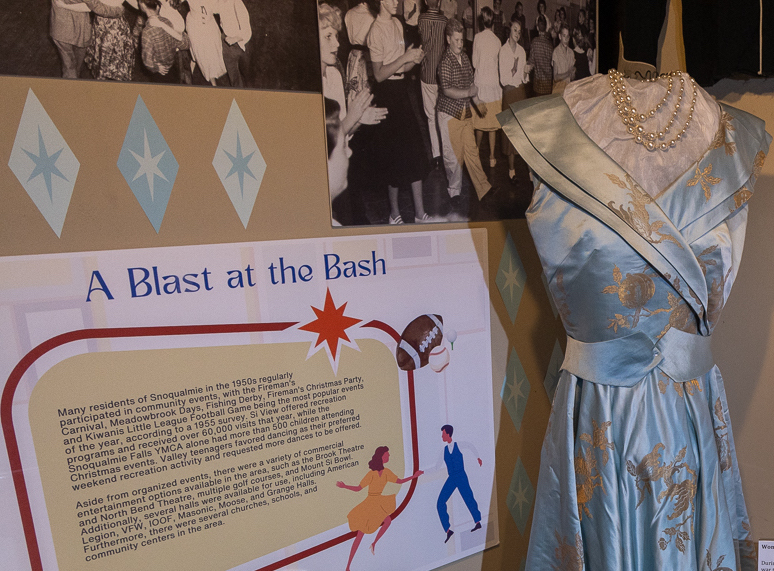Welcome to a journey back in time to the 1950s Snoqualmie Valley, a period marked by post-war prosperity, echoing the nationwide boom in economic growth and innovation. This era represented a significant chapter in the valley’s history, where the effects of a flourishing national economy were felt right here at home. Significant employment sectors like logging, farming—with a notable mention of the dairy powerhouse Carnation Farms—and burgeoning service industries not only provided livelihoods for many but also sculpted the community’s socioeconomic landscape. As television and other consumer goods became household staples, the Snoqualmie Valley basked in the glow of technological advancement and economic success, crafting a unique local culture that resonated with the era’s spirit of prosperity.
At the heart of these changes were the people of the Snoqualmie Valley, who adapted to the post-war era with remarkable resilience and ingenuity. Soldiers returning from war seamlessly transitioned back into civilian jobs, while many women retained their wartime roles, further diversifying the workforce. The dairy farms dotting the valley, led by Carnation Farms, became symbols of the valley’s agricultural success, feeding into the national narrative of innovation and growth. Meanwhile, the Weyerhaeuser Company marked its 50th anniversary, highlighting the enduring importance of the logging industry to the local economy. This backdrop of economic activity laid the foundation for a community poised to embrace the prosperity and challenges of the times.

- A captivating exhibit at the Snoqualmie Valley Historical Museum showcasing life in the 1950s, from daily routines to cultural landmarks. Source: Guest Post – livingsnoqualmie.com
Community life in the Snoqualmie Valley during the 1950s was vibrant and dynamic, reflecting broader societal changes while retaining a unique local flair. The advent of interstate highway systems, championed by President Eisenhower, transformed the valley into a bustling tourist destination, sparking the rise of 24-hour diners and drive-in restaurants. Such establishments became social hubs, where locals and visitors alike could enjoy the novelty of dining out, indicative of the era’s consumerism boom. Recreational activities also flourished, with skiing, camping, and fishing among the top pursuits, facilitated by the valley’s natural beauty and increased economic accessibility. These communal experiences fostered a sense of belonging and community spirit among residents, setting the stage for a socio-economically vibrant Snoqualmie Valley.
Furthermore, this period saw Snoqualmie Valley residents navigating the waves of fashion and societal norms with aplomb. Television sets, a luxury in the previous decade, became household essentials, influencing everything from consumer behavior to recreational habits. The societal pressures to conform to idealized standards of appearance and behavior, heightened by the shadow of McCarthyism, led to an increased emphasis on community involvement and social organizations. From the Si View Community Center to the Snoqualmie Falls YMCA, communal spaces hosted events and programs that not only entertained but also enriched lives, offering skills and social connections. This blend of tradition and modernity captured the essence of the 1950s Snoqualmie Valley, a community dancing to the post-war tune of prosperity.

- Iconic 1950s fashion highlights the era’s unique style, showcased in Snoqualmie Valley’s vibrant community events. Source: Guest Post – livingsnoqualmie.com
The role of the Snoqualmie Valley Historical Museum in preserving this rich tapestry of history cannot be overstated. With annual exhibits that dive deep into the 1950s era, the museum offers a window into the daily lives of the valley’s residents during this transformative period. By presenting a blend of firsthand accounts, educational panels, and a plethora of historical artifacts, the museum ensures that the legacy of the 1950s Snoqualmie Valley—marked by economic prosperity, social shifts, and the emergence of new cultural norms—remains alive for future generations to explore.
In closing, a visit to the Snoqualmie Valley Historical Museum not only enlightens visitors about the post-war prosperity era but also invites them to reflect on the community’s journey through innovation, growth, and the challenges of the times. As we look back at the 1950s Snoqualmie Valley through the museum’s thoughtful exhibits, we are reminded of the enduring spirit of a community that thrived amidst the backdrop of national change, crafting a story of resilience, adaptability, and, above all, prosperity.
